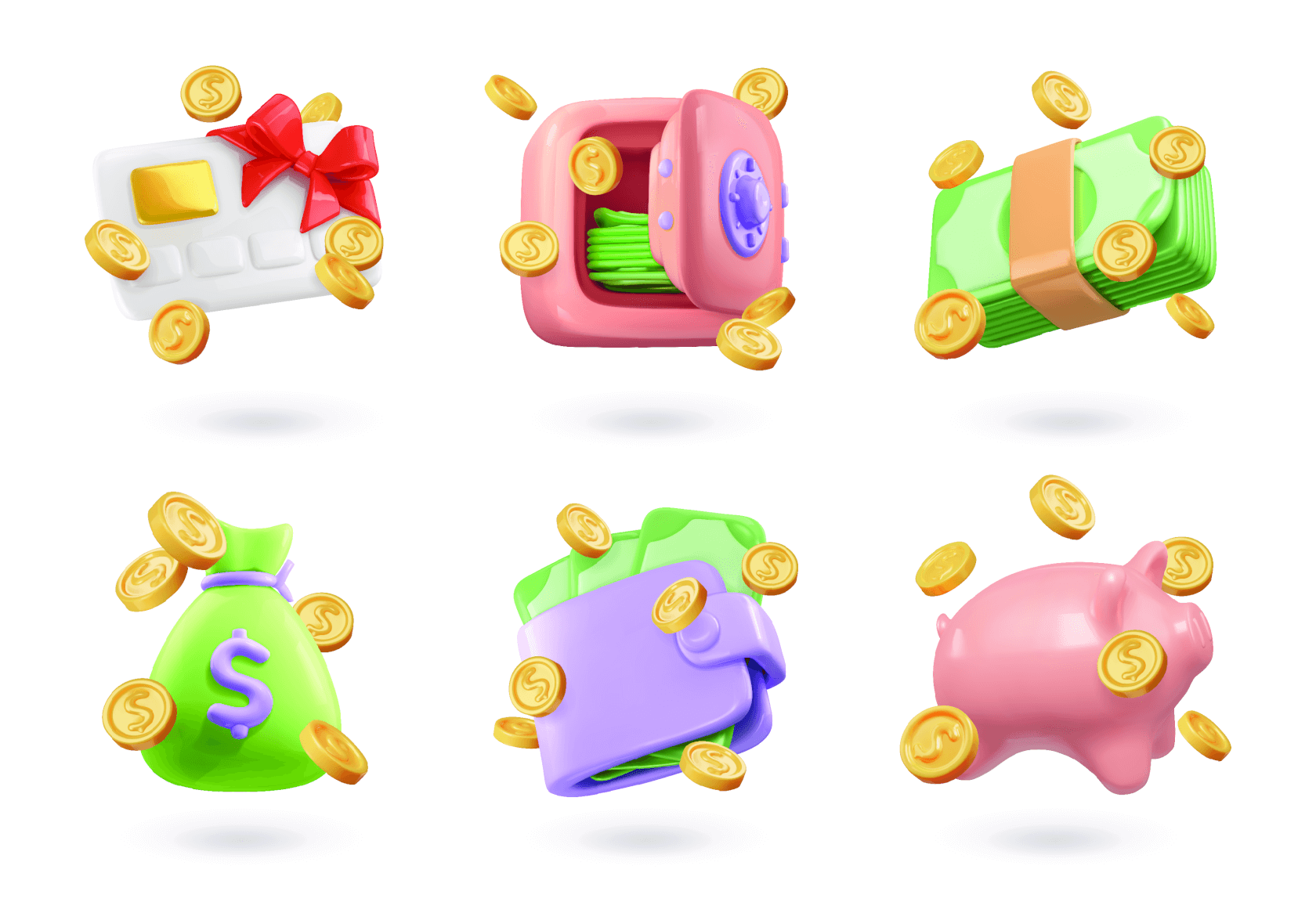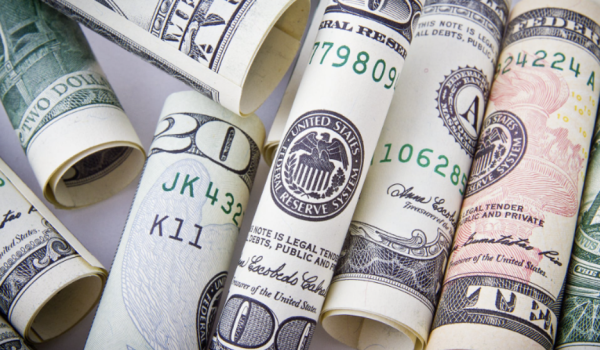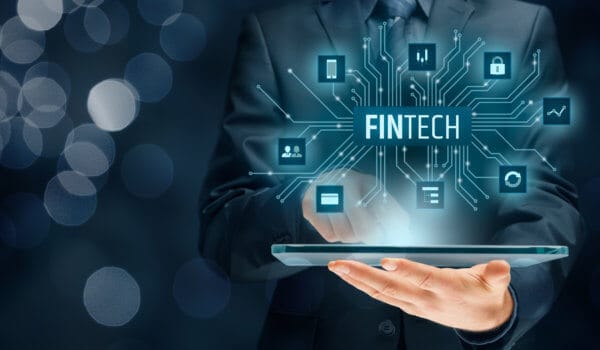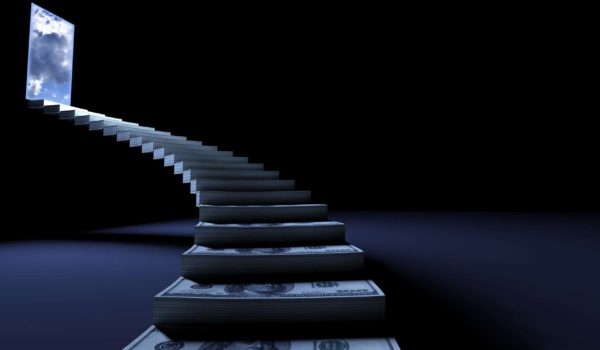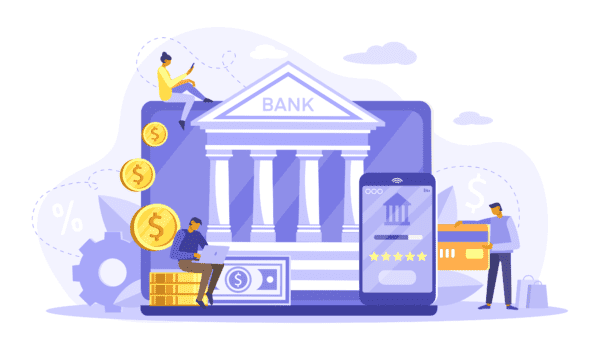To understand the effects of money on the economy, we must first understand exactly what money is.
In this contemporary era of our world today, money is high-tech. People not only use coins and dollar bills issued by the government as money but also cheques and credit cards. People can transfer millions of dollars by touching only one button on their computers. The forms of money have been changing over centuries and have always been closely connected with the technological developments in the economy. As simple economies evolved into more complicated ones, money has always adapted to the different economic circumstances. A new form of money has evolved to refer to the latest innovations in the computer industry: e-money (we will discuss this in our future articles).
What Does Money Mean?

The word ‘money’ can mean many things. But to economists, it has a particular meaning. To avoid confusion, we must clarify how economists’ use of money differs from conventional usage. One of the economists, Mishkin defined money as “anything that is generally accepted in payment for goods and services or in the repayment for debts.”
When most people talk about money, they’re talking about currency, e.g., the euro (€), which is one type of money (paper money and coins). However, to define money merely as a currency would be too narrow for economists. Because checks are also accepted as payment for purchases, checking account deposits are considered money as well. An even broader definition of money is often needed because other items such as savings deposits can, in effect, function as money if they can be quickly and easily converted into currency or checking account deposits. As you can see, there is no single, precise definition of money or the money supply, even for economists.
Wealth and Income

Further, the word ‘money’ is frequently used synonymously with ‘wealth’. When people say someone is rich, he or she has a lot of money, they probably mean that they have not only a lot of currency and a high balance in their checking account but also stocks, bonds, four cars, and three houses, and a yacht. Economists distinguish between money in the form of currency, demand deposits, and other items used to make purchases and wealth, the total collection of pieces of property that store value. Wealth includes not only money but also other assets such as bonds, common stock, art, land, furniture, cars, and houses.
People also use the word ‘money’ to describe what economists call ‘income’, as in the sentence “Sheila would be a wonderful catch; she has a good job and earns a lot of money.” Income is a flow of earnings per unit of time. Money, by contrast, is a stock. It is a certain amount at a given point in time. If someone tells you that he has an income of $500, you cannot know whether he earned a lot or a little without knowing whether this $500 is made per year, per month, or even per day. But if someone tells you that she has $500 in her pocket, you know exactly how much this is.
Functions of Money

Whether money is gold or paper or beads or knives, it has three functions in any economy. According to Mankiw, it is a medium of exchange, a unit of account, and a store of value. These three different functions can be distinguished in the following ways: as a medium of exchange, as a unit of account, and as a store of value. Of the three functions, its function as a medium of exchange is what distinguishes money from other assets such as stocks, bonds, and houses.
Medium of Exchange

Since in our economy, people use it to buy goods and services, money comes in the form of currency or cheques as the medium of exchange. Without a medium of exchange, we would live in a barter economy where goods and services were exchanged directly for other goods and services. Money as a medium of exchange greatly simplifies the transactions in an economy. The time spent trying to trade goods or services is lowered, and consequently, transaction costs are reduced. The resulting ease and speed with which money is converted into other goods or services are called liquidity of money. As Keynes stated, money is the most liquid asset.
Unit of Account
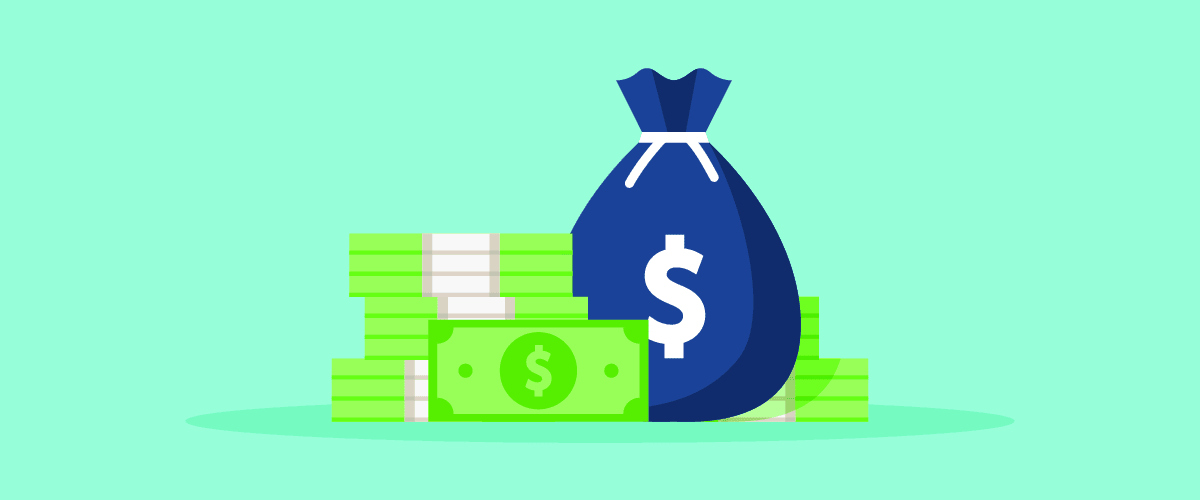
The second function of money is serving as a unit of account. Unit of account means that money provides standardized terms in which quoted prices and debts are recorded. It is also called the standard of value with which economic transactions are measured.
With money, all prices, for example, the values of goods and services, can be expressed in the same way, in terms of units of money. In Germany, for example, the unit of account is the euro.
Store of Value

Finally, money also functions as a store of value. This means that purchasing power is transferred from the present to the future. People might decide to keep a fraction of their money by exchanging their labor to spend later. Then this saved money serves as a store of value. However, when an increase in prices can be observed in times of inflation, money does not serve as a store of value.
How Did Euro Emerge?
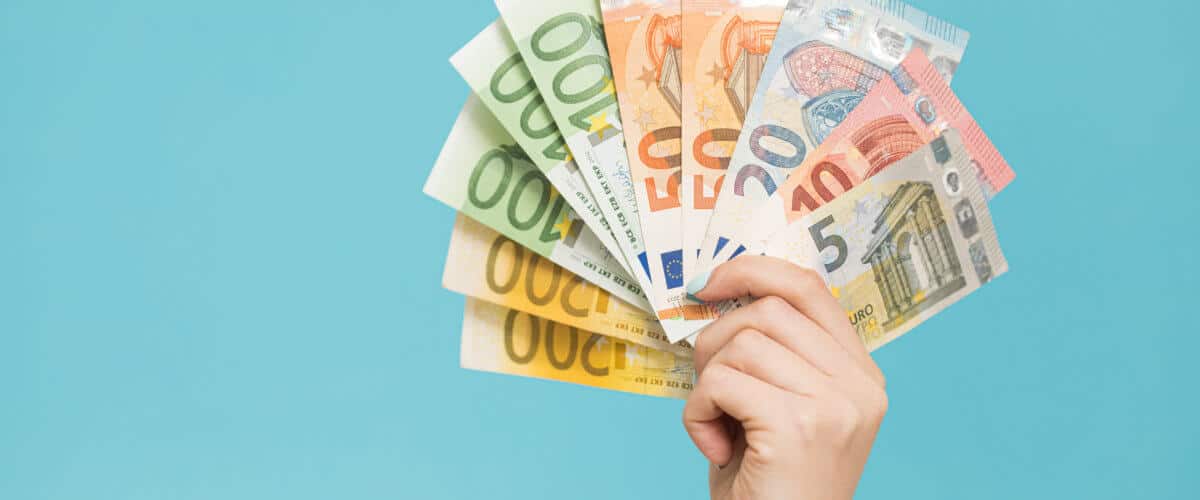
In one of his books, Mishkin elaborates on the birth history of the euro. As part of the December 1991 Maastricht Treaty on the European Union, the European Economic Commission outlined a plan to create a single European currency starting in 1999. Despite concerns, the new common currency came into existence right on schedule in January 1999, with 11 of the 15 European Union countries participating in the monetary union: Austria, Belgium, Finland, France, Germany, Italy, Ireland, Luxembourg, the Netherlands, Portugal, and Spain. Denmark, Sweden, and the United Kingdom chose not to participate initially, and Greece failed to meet the economic criteria specified by the Maastricht Treaty (such as having a budget deficit of less than 3% of GDP and total government debt of less than 60% of GDP) but was able to join later.
From January 1, 1999, the exchange rates of countries entering the monetary union were fixed permanently to the euro (which became a unit of account), the European Central Bank took over the monetary policy from the individual national central banks, and the governments of the member countries began to issue debt in euros. In early 2002, euro notes and coins began to circulate, and by June 2002, the old national currencies were phased out entirely so that only euros could be used in the member countries.
Photo: Natykach Nataliia/Shutterstock
You might also like:
Support us!
All your donations will be used to pay the magazine’s journalists and to support the ongoing costs of maintaining the site.
Share this post
Interested in co-operating with us?
We are open to co-operation from writers and businesses alike. You can reach us on our email at [email protected]/[email protected] and we will get back to you as quick as we can.
